Nonlinear optics, the area of optics that studies light’s behavior in nonlinear media, where the polarization density of the medium responds nonlinearly to the electric field of the light, has emerged as a critical field in modern optical research. This article aims to offer an accessible introduction to nonlinear optics and a particular type of nonlinear optical crystal, Beta Barium Borate (BBO) crystals. We’ll explore their applications, strengths, weaknesses, and future prospects.
Basic Principles of Nonlinear Optics
The world of nonlinear optics unfolds when the optical properties of a material become dependent on the intensity of light passing through it. In contrast with linear optics where properties remain constant irrespective of light intensity, nonlinear optics is governed by the nonlinear response, which gives birth to fascinating phenomena.
The concept of nonlinear optics originated in the early 1960s following the development of lasers. The high intensity of the laser light was sufficient to extract nonlinear responses from materials, enabling the investigation of nonlinear optical effects.
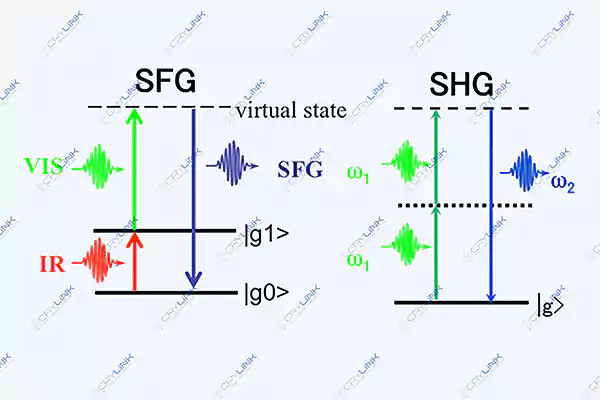
Diving deeper into the field, several pivotal theories and concepts underpin nonlinear optics:
- Second Harmonic Generation (SHG): It’s a phenomenon in which two incident photons, interacting within a nonlinear material, effectively “combine” to generate a new photon with double the energy, frequency, and half the wavelength. This occurrence of frequency doubling is extensively used in laser technology to generate light of different colors.
- Third Harmonic Generation (THG): Similar to SHG, this involves the interaction of three photons to produce a photon with thrice the frequency. While less efficient than SHG, it is invaluable for generating UV light in some laser systems.
- Optical Parametric Oscillation (OPO): An OPO involves an optical cavity resonator in which a pump photon is split into two photons of lower frequency (signal and idler) during its interaction with a nonlinear optical medium. This process is reversible, and signal and idler photons can also combine to generate the pump photon.
- Sum-frequency Generation (SFG): SFG is a process in which two photons of different frequencies mix in a nonlinear medium to generate a photon with a frequency equal to the sum of the two input frequencies. This process is frequently used to generate light in the ultraviolet region, where direct laser action is challenging to achieve.
These phenomena have found extensive applications in various technological areas, significantly shaping our understanding of light and its interactions with matter. They form the backbone of the fascinating and rapidly evolving field of nonlinear optics.
Introduction to Nonlinear Optical Crystals
Nonlinear optical crystals play an essential role in nonlinear optics. These crystals can alter the direction, speed, and polarization of light that passes through them under particular conditions, leading to various applications in laser technology and optical communication.
Several types of nonlinear optical crystals exist, with different properties suitable for diverse applications. They differ mainly based on their symmetry, nonlinearity, and transparency range, and include crystals like Lithium Niobate (LiNbO3), Potassium Dihydrogen Phosphate (KDP), and Beta Barium Borate (BBO).
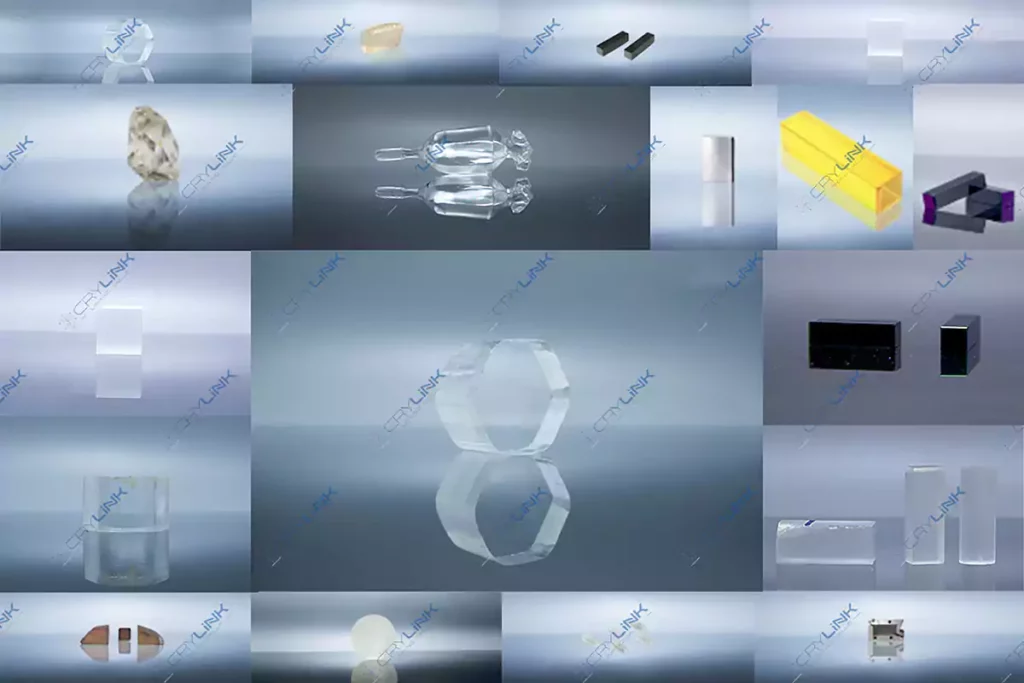
Introduction to BBO Crystals
Definition and properties of BBO crystals
At the heart of nonlinear optics lies an extraordinary class of synthetic crystals — the Beta Barium Borate, abbreviated as BBO crystals. As uniaxial crystals, meaning their optical properties differ along different axes. They are uniquely structured to generate and support various nonlinear optical phenomena. Created from barium borate, these crystals exhibit impressive characteristics that make them a key component in modern optical applications.
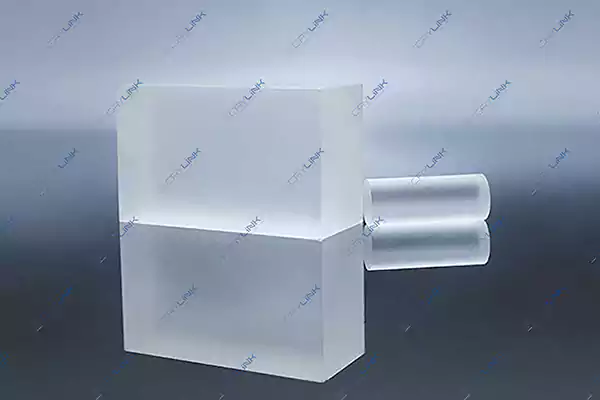
Notably, BBO crystals possess a broad transparency range that extends from the ultraviolet to the near-infrared spectrum. This characteristic, combined with their high damage threshold and broad phase-matching ability, makes them the linchpin in a wide array of frequency conversion processes.
Manufacture process of BBO crystals
The production of BBO crystals is a meticulous process, achieved via the flux method. This approach involves dissolving the raw materials in a suitable solvent, often at high temperatures. As the solution slowly cools, it becomes supersaturated, prompting the formation and growth of the BBO crystal. The slow cooling process is paramount, as it allows for the careful and deliberate creation of these high-quality crystals, ensuring minimum defects and maximum performance.
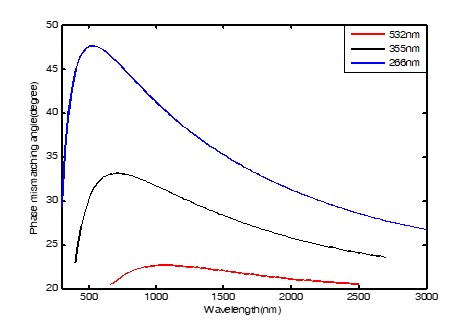
Advantages and disadvantages of BBO crystals
BBO crystals provide multiple advantages in the field of nonlinear optics. Their wide transparency range and high damage threshold make them ideal for use in laser technology, enabling diverse frequency conversion applications. Their extensive phase-matching ability further extends their usability, allowing for a myriad of processes, including second harmonic generation to optical parametric oscillation.
However, despite the numerous advantages, BBO crystals are not without their limitations. Their hygroscopic nature means they absorb water from the atmosphere, which can damage their structure and performance if not appropriately handled and stored. Furthermore, they have lower nonlinear optical coefficients compared to some other materials, potentially affecting their efficiency in some applications.
In conclusion, BBO crystals play a vital role in nonlinear optics, despite their limitations. Their unique properties and manufacturing processes make them an indispensable part of modern optical technology. As we continue to innovate and advance, the importance of BBO crystals is set to remain at the forefront of the future of optics.
Application of BBO Crystals in Nonlinear Optics
Detailed discussion on how BBO crystals are used in the field
BBO crystals are essential components in a wide range of applications within the field of nonlinear optics. Their impressive transparency range, high damage threshold, and broad phase-matching ability make them an excellent choice for several frequency conversion processes.
For instance, in the realm of laser technology, BBO crystals are often used in second and third harmonic generation. This process involves the conversion of fundamental laser light into light of shorter wavelengths, allowing for the generation of different light colors. Similarly, these crystals are also employed in optical parametric oscillation and amplification processes, facilitating the generation of tunable wavelengths.
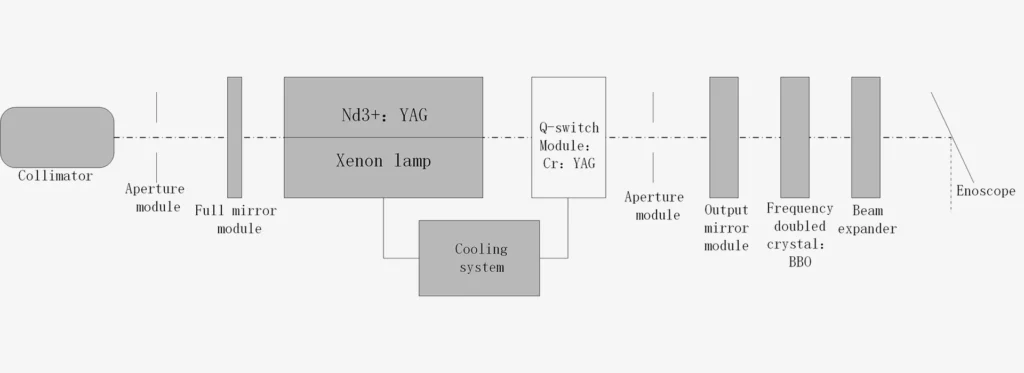
Comparison with other Nonlinear Optical Crystals
When compared to other nonlinear optical crystals, BBO crystals often present superior properties. Their high damage threshold and broad phase-matching ability outshine those of other crystals like Potassium Dihydrogen Phosphate (KDP) and Lithium Niobate (LiNbO3), making them a favorable choice for high-power applications.
However, it’s important to mention that BBO’s nonlinear optical coefficients are relatively lower than some other crystals, which might limit their efficiency in some specific applications. Their hygroscopic nature is also a concern, but the continued research and advancements are aimed at mitigating these limitations.
Case studies or examples showcasing the practical usage of BBO crystals
A practical application of BBO crystals is seen in the construction of green lasers. Here, an infrared laser is passed through a BBO crystal to generate green light via the process of second harmonic generation. The robustness and efficiency of BBO in this context have led to the widespread adoption of such green lasers in a variety of fields, ranging from scientific research to entertainment.
Additionally, BBO crystals have also found extensive applications in the telecommunications industry. They are employed in devices like optical parametric oscillators to generate tunable wavelengths, greatly enhancing the scope and flexibility of optical communication systems.
In summary, BBO crystals, despite their limitations, have carved out a significant space in the field of nonlinear optics. Their unique properties and broad applicability continue to fuel advancements in optics and related fields, underlining their immense potential for future developments.
Future Prospects and Developments of BBO Crystals in Nonlinear Optics
Current research trends and developments
The science of BBO crystals is witnessing a dynamic evolution, characterized by continuous advancements and research breakthroughs. One prominent area of research lies in developing new techniques to improve the growth process of BBO crystals, thereby enhancing their quality and efficiency.

Recent studies also focus on exploring innovative methods to overcome the hygroscopic nature of BBO crystals, which can lead to degradation over time. Efforts are underway to engineer coatings or treatments that can protect these crystals from environmental moisture, thereby extending their lifespan and usability.
Another burgeoning research trend is the exploration of BBO crystals in photonics, especially in the generation and manipulation of entangled photon pairs, a cornerstone in the rapidly developing field of quantum computing and quantum information science.
Potential future applications and research directions
Looking ahead, the potential applications of BBO crystals in nonlinear optics are seemingly limitless. As we continue to push the boundaries of optical technology, these crystals are expected to play an even larger role.
One promising research direction is the usage of BBO crystals in advanced laser technology, particularly in high-power and high-frequency applications. By optimizing the properties of BBO crystals, scientists aim to create more efficient, compact, and versatile laser systems.
Moreover, the application of BBO crystals in quantum information processing and quantum communication is a highly anticipated future direction. As the demand for secure and efficient communication systems grows, the role of BBO crystals in facilitating quantum encryption protocols is likely to take center stage.
Additionally, the integration of BBO crystals in biomedical imaging technologies, such as multi-photon microscopy, offers another exciting avenue for exploration. Their unique nonlinear optical properties could enable better resolution and deeper tissue penetration, significantly improving imaging capabilities in biomedical research and diagnosis.
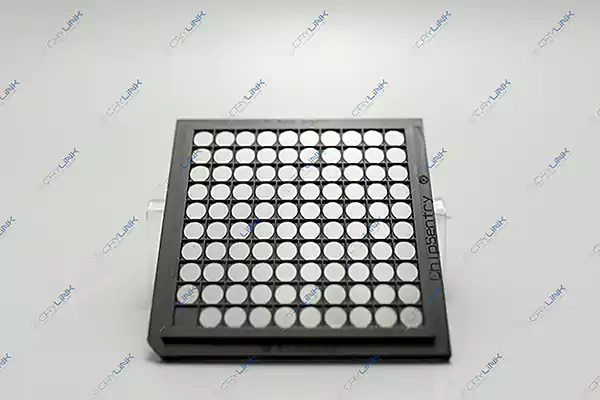
In conclusion, the future of BBO crystals in nonlinear optics is bright and full of potential. As we continue to innovate and advance, the role of these remarkable crystals is only expected to become more central, catalyzing breakthroughs and transformations in the field of optics and beyond.
Conclusion
BBO crystals are an indispensable part of the rapidly evolving field of nonlinear optics. Their unique properties, ranging from a broad transparency range to a high damage threshold and wide phase-matching ability, underpin their utility in a host of optical applications.
The sophisticated process of manufacturing these crystals, though involving challenges, ensures their exceptional quality and functionality. Despite some limitations, such as their hygroscopic nature and lower nonlinear optical coefficients compared to some other materials, the advantages of BBO crystals often outshine their drawbacks, affirming their widespread adoption in various light technologies.
From their practical usage in creating green lasers and enhancing telecommunications to the more cutting-edge applications in quantum computing and biomedical imaging, BBO crystals demonstrate a versatility that is hard to match.
With ongoing research and developments targeting improvements in crystal growth techniques and protective measures, the future prospects of BBO crystals in nonlinear optics seem vibrant and promising. As we continue to innovate and explore new frontiers in optical technology, the role of BBO crystals is set to become even more significant, heralding a future where our understanding and manipulation of light could transform our world in ways we can only begin to imagine.
FAQs
- What is nonlinear optics?
Nonlinear optics refers to the part of optics where the optical properties of materials become dependent on the light intensity, leading to phenomena that deviate from the linear optical laws. - What is second harmonic generation?
Second harmonic generation is a phenomenon in nonlinear optics where two photons of one frequency combine to form a single photon with double the frequency. - What are BBO crystals?
BBO crystals, or Beta Barium Borate crystals, are a type of nonlinear optical crystal, known for their excellent optical homogeneity, high damage thresholds, and broad transparency and phase-matching ranges. - How are BBO crystals used in nonlinear optics?
BBO crystals are used in various nonlinear optical processes, such as frequency doubling of lasers, optical parametric oscillation, among others. - What are some practical applications of BBO crystals?
BBO crystals are utilized in many technological innovations, including laser manufacturing, biomedical imaging, telecommunications, and quantum information science.

Frank
Frank graduated from the University of Shanghai for Science and Technology, majoring in optics. As a technical engineer at Crylink Company, he deeply understands crystal materials and laser components.
Related Video(s) with this Article
Related Product(s) with this Article
Related Application(s) with this Article

